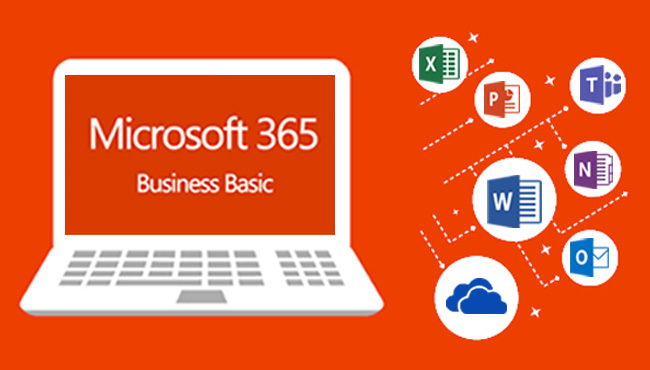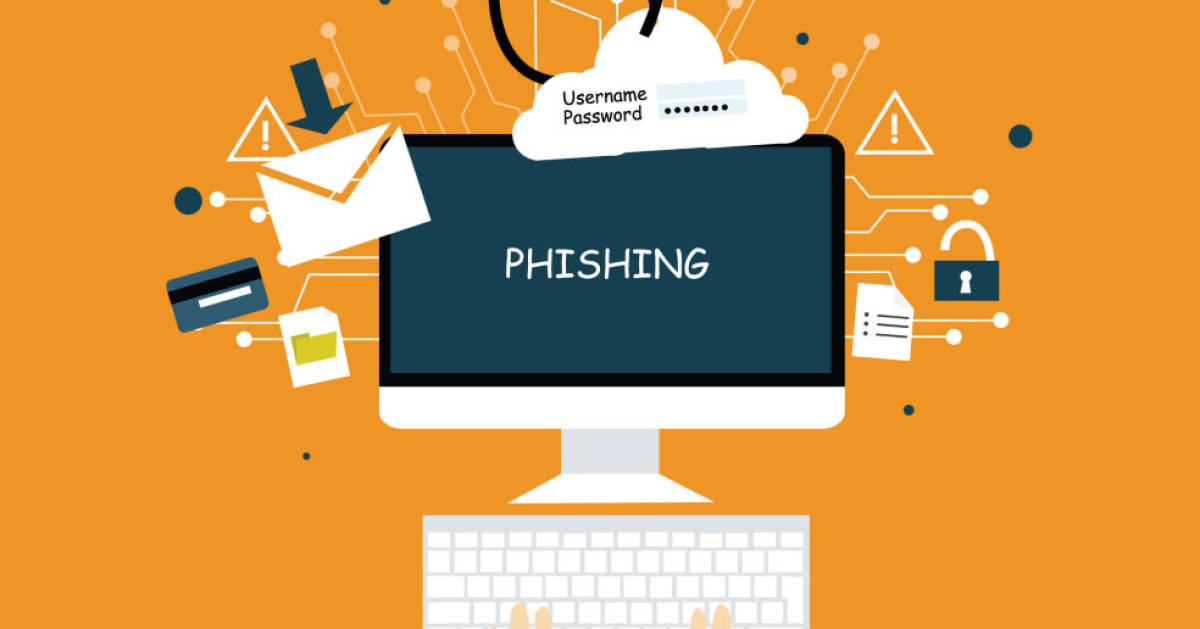In today’s interconnected world, businesses face numerous challenges when it comes to IT Security compliance. Regulatory frameworks impose strict requirements on organizations to protect sensitive data. In this blog post, we will provide insights into IT security compliance requirements, offer guidance on implementing security controls, conducting risk assessments, and maintaining compliance.
Understanding Regulatory Compliance Requirements:
Familiarize Yourself with Applicable Regulations:
Thoroughly research and understand the specific regulations that apply to your industry and geographic location. Some common compliance frameworks include GDPR for data privacy in the European Union and HIPAA for healthcare-related data in the United States.
Identify and Classify Sensitive Data:
Conduct a comprehensive data inventory to identify and classify sensitive data within your organization. Understand where and how this data is stored, processed, and transmitted to ensure appropriate security measures are in place.
Implementing Security Controls:
Implement Strong Access Controls:
Control access to sensitive data by enforcing strong authentication mechanisms, including unique usernames, strong passwords, and multi-factor authentication (MFA). Regularly review and update access privileges based on job roles and responsibilities.
Encrypt Data at Rest and in Transit:
Use encryption technologies to protect data both at rest (stored on servers, databases, or devices) and in transit (when data is being transmitted over networks). Encryption helps safeguard data from unauthorized access and protects its integrity.
Conducting Risk Assessments:
Identify and Assess Potential Risks:
Conduct a comprehensive risk assessment to identify potential threats, vulnerabilities, and their potential impact on data security. This evaluation helps prioritize security measures and allocate resources effectively.
Develop Incident Response Plans:
Create a documented incident response plan that outlines the steps to be taken in the event of a security breach or incident. This plan should include procedures for containment, mitigation, investigation, and communication.
Maintaining Compliance:
Regularly Update Security Policies and Procedures:
Keep security policies and procedures up to date with changing regulatory requirements and emerging threats. Regularly review and update these documents to reflect the evolving IT security landscape.
Conduct Internal Audits and Assessments:
Perform regular internal audits and assessments to ensure ongoing compliance. This includes reviewing security controls, conducting vulnerability assessments, and monitoring for any deviations from established policies.
Navigate the complexities with ease! Understand, implement, assess, and protect sensitive data like a pro. Prioritize compliance as an ongoing journey, not a one-time task.
By mastering IT security compliance, you’ll earn customer trust, safeguard your reputation, and showcase unwavering dedication to data privacy. Act now, protect your business, and secure a thriving future!







